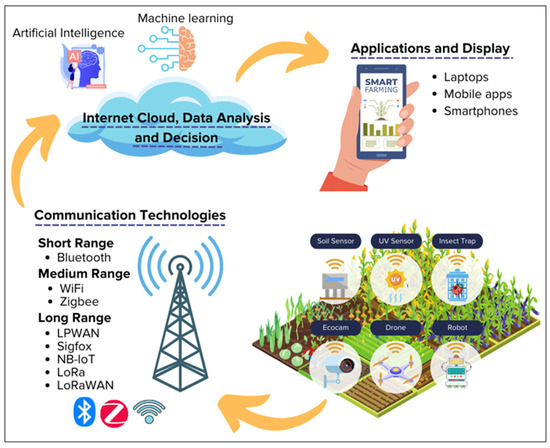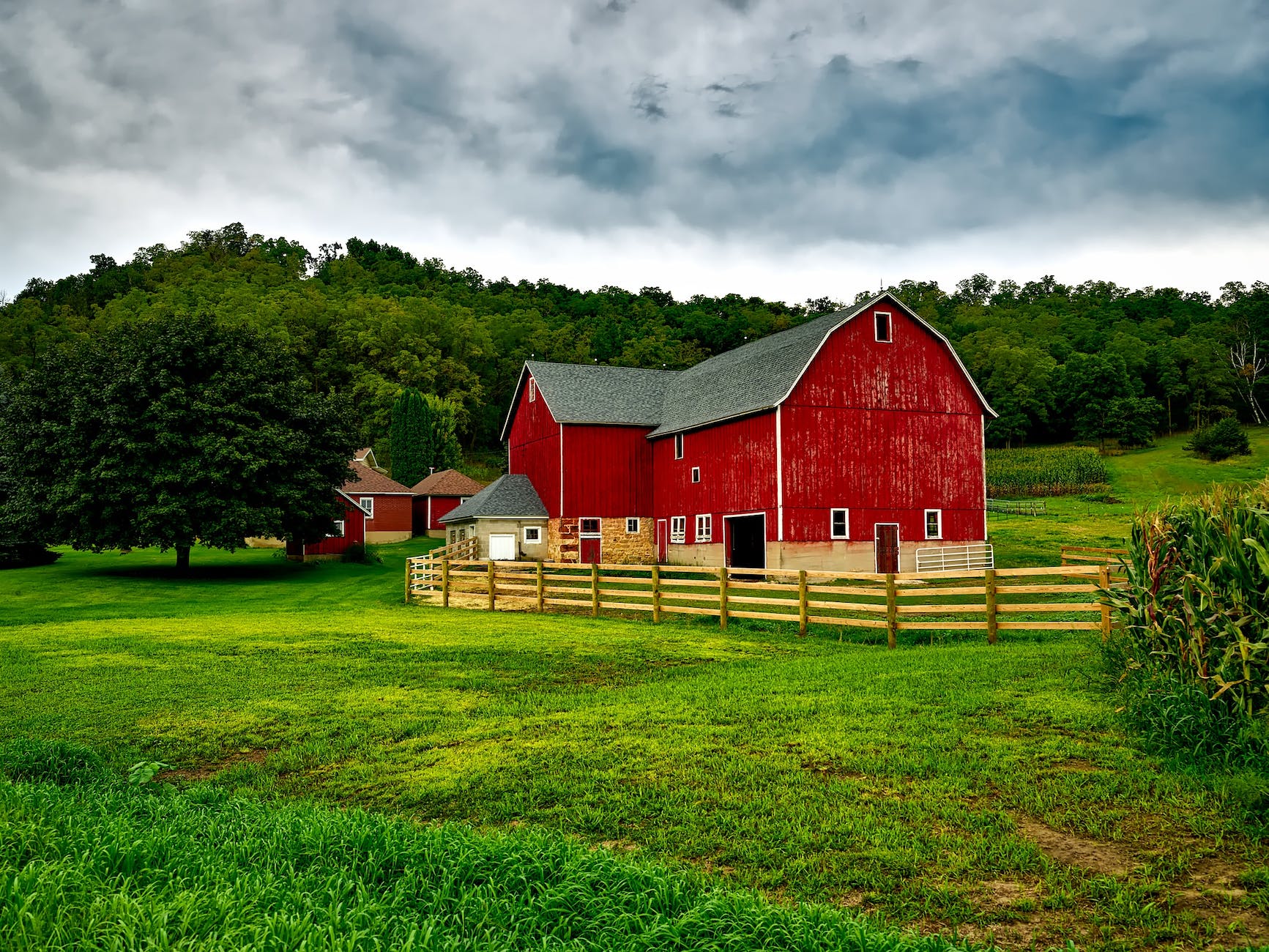The integration of technology has sparked remarkable transformations in various industries. From manufacturing to healthcare, businesses have embraced innovative solutions to boost productivity and efficiency. One groundbreaking technology that is revolutionizing the agricultural sector is the Internet of Things (IoT). By harnessing the power of IoT, farmers can optimize their farming practices, increase yields, and reduce costs significantly. In this blog post, we will explore the significant advancements of IoT in the agricultural industry and the potential it holds for the future of farming.
Understanding IoT in Agriculture
The Internet of Things (IoT) is a network of interconnected devices capable of exchanging data without human intervention. In agriculture, IoT systems consist of various components, including sensors, drones, and data analytics. These components work together seamlessly to collect and analyze data, enabling farmers to make informed decisions in real-time. The integration of IoT in agriculture offers a plethora of benefits, such as increased efficiency, cost savings, and improved crop yield.
IoT Applications in the Agricultural Sector
Smart farming, a concept driven by IoT, enables farmers to remotely monitor and manage their crops and livestock. By utilizing IoT sensors, farmers can measure vital parameters such as soil moisture, temperature, and nutrient levels. This data is crucial for efficient irrigation and nutrient management, improving crop health and productivity. Moreover, IoT-enabled drones play a pivotal role in crop monitoring, pesticide spraying, and data gathering. Real-time data collected by drones assists farmers in identifying problem areas and making precise decisions, leading to optimal outcomes.
Livestock Monitoring and Management
IoT plays a vital role in monitoring the health and well-being of livestock. Through wearable sensors and GPS tracking devices, farmers can track animal locations and obtain real-time health updates. This data allows for the timely detection and treatment of diseases, thereby preventing losses. Additionally, IoT devices enable farmers to manage feeding schedules efficiently, ensuring livestock receive the appropriate nutrition. In dairy farms, for example, IoT can monitor the health and productivity of cows, leading to enhanced milk production and overall farm profitability.
Supply Chain Management and Logistics
In the agricultural industry, efficient supply chain management is crucial to minimize spoilage, reduce waste, and ensure product quality. IoT introduces advanced tracking and tracing systems that improve the visibility and efficiency of the supply chain. IoT sensors monitor storage conditions, maintaining optimal temperature and humidity levels for perishable goods during transportation and storage. This technology mitigates spoilage risks and extends the shelf life of agricultural products. Additionally, IoT-enabled smart logistics systems optimize route planning, minimizing transport costs and increasing overall productivity.
Overcoming Challenges and Future Outlook
While the integration of IoT in agriculture offers remarkable benefits, several challenges must be overcome to maximize its potential. Privacy and data security concerns are prominent issues that need to be addressed. Farmers must ensure that collected data is protected and used responsibly. Furthermore, widespread adoption of IoT in farming requires training and technological literacy. Farmers need access to the necessary resources and support to understand and utilize IoT systems effectively.

Image courtesy of www.mdpi.com via Google Images
Looking ahead, the future of IoT in agriculture looks promising. The combination of IoT and artificial intelligence (AI) can lead to advanced farm analytics, optimizing resource allocation and predicting crop health. Autonomous farming machinery, guided by IoT and AI, presents an exciting direction for the industry. These machines can autonomously perform various tasks, such as planting, harvesting, and monitoring, reducing the need for manual labor and enhancing overall productivity.
Winding Down
The integration of IoT in agriculture has the power to transform traditional farming practices into sustainable, efficient systems. By leveraging IoT technologies, farmers can remotely monitor and manage their crops and livestock, improving productivity and reducing costs. While challenges exist, the potential of IoT in agriculture is immense. It is crucial for farmers to stay informed about these developments and embrace the opportunities presented by IoT. By doing so, they can contribute to a more productive, sustainable, and resilient agricultural industry.



